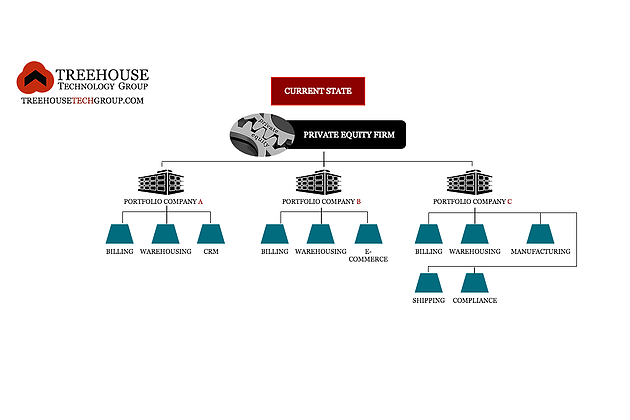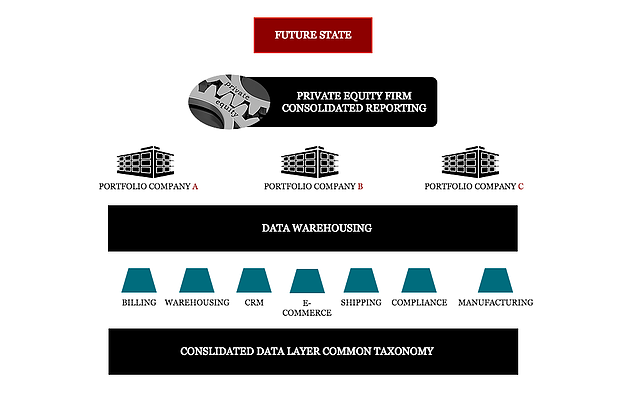The circling headlines in recent years regarding data breaches, data security, hacking and data theft may be leaving some people with a conflicted view of data. From the standpoint of a compliance officer or a director of information security, data might appear to be more of a threat than a pool of unlocked potential.
Interestingly, however, when it comes to trusting and using data for impactful results, companies that employ a master data management (MDM) strategy to reduce disparate data systems significantly outperform their peers by 50 percent, according to Aberdeen. But only 48 percent of companies spent money on a big data strategy in 2016, says Gartner, which leaves over half of companies at a disadvantage to their competition.
 Enterprises can achieve great impacts by reducing reliance on disparate data systems and planning how data should be spoken about, governed and utilized. With so much to think about regarding new data projects, where should stakeholders and managers begin?
Enterprises can achieve great impacts by reducing reliance on disparate data systems and planning how data should be spoken about, governed and utilized. With so much to think about regarding new data projects, where should stakeholders and managers begin?
Understand the Landscape
Some organizations lack a clear picture of their current IT infrastructure, especially if their business has grown organically over time with limited strategy or revolving leadership. To consolidate data assets, companies should create a systems diagram, or information technology topology model, which can help:
- Outline current in-use systems by business division.
- Describe the interconnectivity and purpose each system.
- Explain where bottlenecks and risk factors lay.
- Identify non-explicitly-approved shadow IT functions.
- Identify duplicate systems.

Build the Risk Roadmap
Once a topology model has been created, management then has to assess the IT risks. They can achieve this by visualizing the systems, outlining areas of improvement, and building a technology roadmap. This process will uncover areas ripe with data-related insights, producing a competitive advantage for the company. Additionally, with this roadmap, companies can identify systems ready for consolidation, which can grant data analysts access to previously unobtainable data. Once a roadmap has been defined, various initiatives are available, including workflow streamlining, past performance review and statistical model application.

Define the Taxonomy
It’s important to break the mold of the past and move away from data silos. Companies should hold a series of stakeholder meetings to hash out the differences in data among departments. This innovative exercise produces a common taxonomy whereby stakeholders discuss common terms and practices for the whole enterprise to employ. Executives and decision makers may have trouble trusting data without taxonomic definitions, but a common set of guidelines will enable everyone to use data to supports their arguments.
Employ New Models
Companies must migrate data to technologies of the future. The good news is that reporting systems that previously cost hundreds of thousands of dollars in annual licensing costs can now be acquired for under $10,000 per year, making projects and initiatives that were once out of reach for smaller enterprises affordable. There are also open-source data migration tools, such as Talend to build the data infrastructure, free enterprise-wide reporting platforms, such as Pentaho to visualize and analyze data and, of course, with cloud technologies, hosting data in MySQL or an Amazon Web Services (AWS) Hadoop Cluster.
Count the Benefits
There are many positive impacts of consolidating disparate data systems. Managers are always looking create better products and services for their clients. With data consolidation, chief sales and revenue officers can use analytics to mine their data for insight into building products and improving profits, focusing on how to save money, increase margins and, most important, provide more value to their clients. Additionally, chief operating officers can use data to improve overall operational functions.
From a compliance standpoint to a productivity standpoint, each day that outdated legacy systems remain unsupported is an added cost to a business. Using data to streamline efficiencies can show drastic reductions in the manpower needed to grow the operations of a company. Once a strategy to create a common understanding of data has been vetted, validated and employed with meaningful results, users will find new ways to utilize data to improve operations, discover new products and increase overall profit margins.
Interested in learning more about how Phil and Treehouse Technology Group manages data strategies and builds and deploys tools for enterprises to succeed? Contact us!